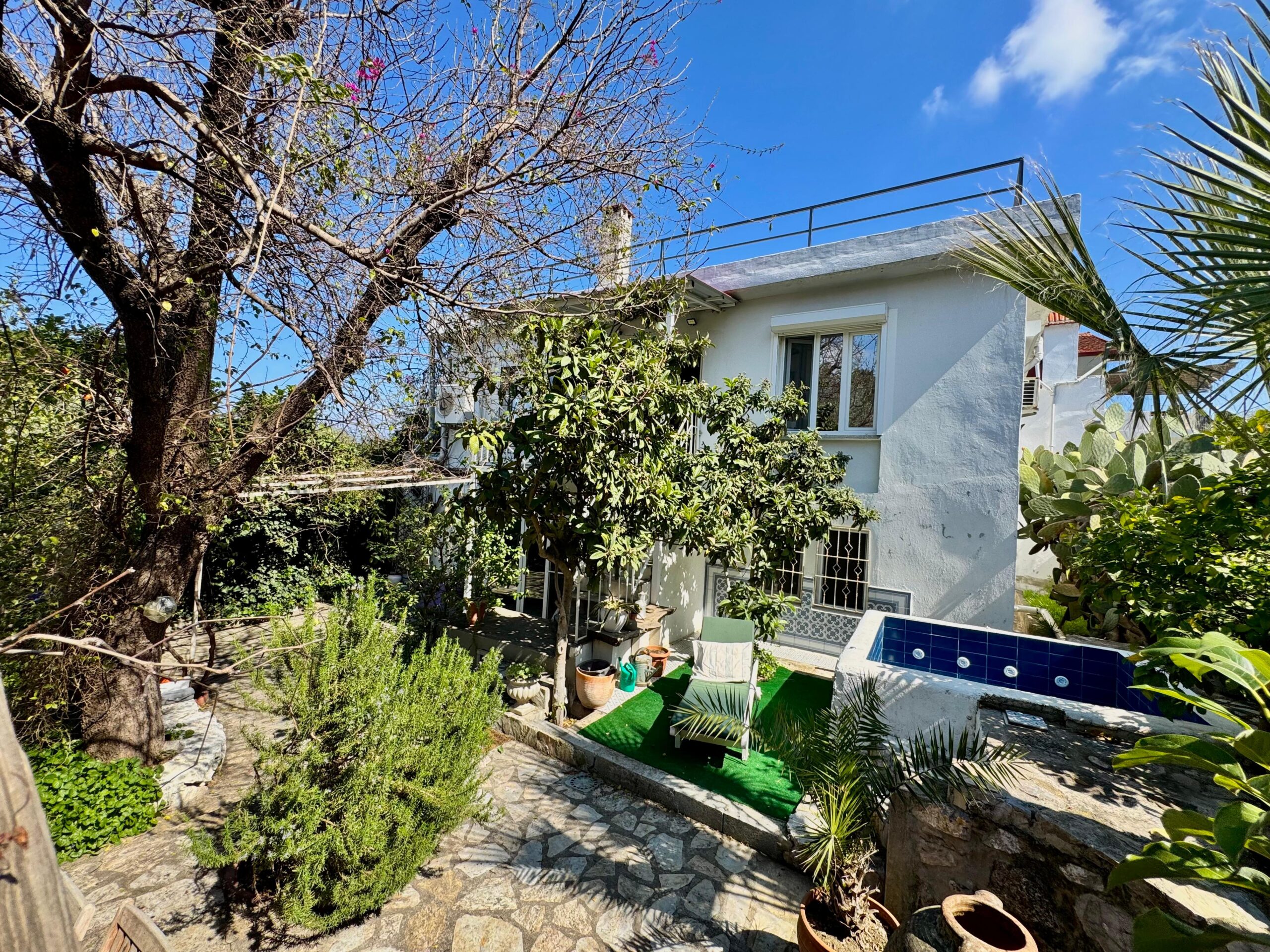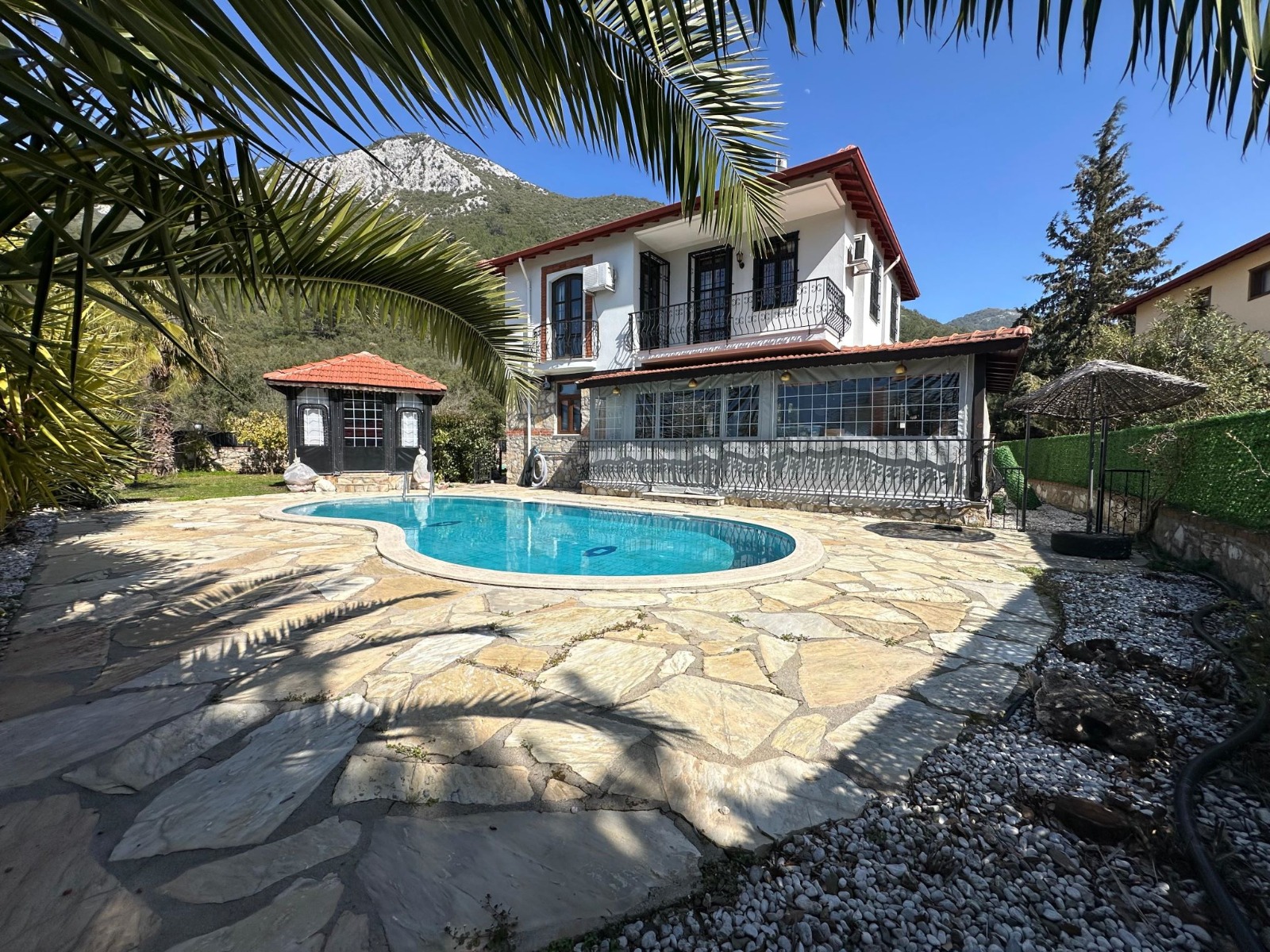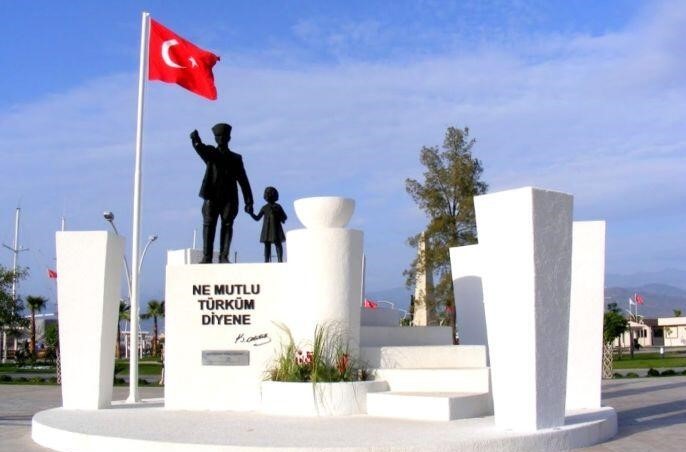
Fethiye Statues
Fethiye is a beautiful and interesting place to wander around, it is steeped in rich history that dates back to the 5th Century BC. There is an eclectic mix of incredible ancient ruins and modern statues and monuments honouring those that made an important contribution to the evolution of Turkey, making it what it is today.
On your travels around Fethiye have you ever noticed just how many statues there are? They are fabulous to look at, with detail and excellent craftmanship, but more importantly, do you know who they are and why they are so important that a statue was dedicated to them?
As you wonder through the big park at the bottom of Fethiye, the centre piece statue (although now lacking his wings, which were the victim of the storms earlier in 2021) is a momument to Fethi Bey (also the namesake of the beautiful park). Fethi Bey was a fighter pilot in the early 1900’s, who tragically died during the First World War in a plane crash. He was the first Turkish aviation martyr and in honour of his bravery, Atatürk renamed the then named Megri to Fethiye. Very appropriately in 2005 the statue was then erected to honour his life and sacrifice.
When in the main square in Fethiye town, by the harbour, on the kordon, there are also several other statues/memorials
These include the Fethiye Martyrs Memorial, this piece is fabulous, it is well worth a visit and to take time to look and really appreciate the detail.
The memorial honours the martyrs of the Turkish War of Independence, The Battles of Gallipoli, The Cyprus Peace Operation and the Korean War.
Each year, Fethiye holds a ceremony to commemorate the many lives that are honoured by this memorial
In the centre of the square taking pride of place, is a statue of Atatürk holding a child’s hand, this statue honours Turkeys youth. What I personally like about this statue is its accessibility. When wandering around you will see families taking photos by it, but also climbing it via the steps to the side. It is real interactive piece. The statue states “Ne mutlu Türküm diyene.” (How happy is the one who can call himself a Turk.)
Further round on the kordon in the park, towards the direction of Umbrella Street/Paspatur is the monument to Atatürk seated high above everyone on his rearing horse.
Mustafa Kemal Ataturk was a military officer and established the Republic of Turkey. He served as the country’s first official president. Atatürk came to prominence for his role in securing the Ottoman Turkish victory at the Battle of Gallipoli (1915) during World War I. Under his leadership, the Republic of Turkey was declared in 1923, and he was honoured with the name Atatürk (“Father of the Turks”) by the Grand National Assembly of Turkey in 1934.
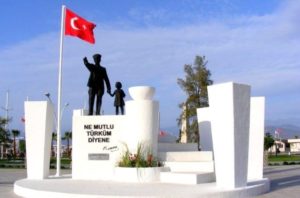
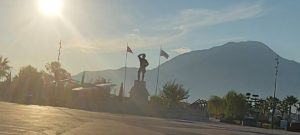
However, the statue(s) that we at Turkish Coast Homes, perhaps refer to the most is the ‘heads statue’. it’s located across the road from our office, so given regularly as a reference point when giving directions to our clients visiting us for the first time. The interesting thing about this statue though is, not many people, including locals can tell you who all the heads are of and why there are in fact represented in statue form.
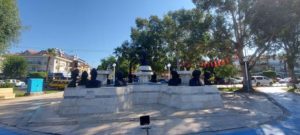
So who are the ‘Fethiye Heads’?
Well each head is a representation of a person who has had a noted role in Turkish/Ottoman history.
As you would expect Mustafa Kemal Atatürk, sits proudly aloft in the centre. Mustafa Kemal Ataturk (1881 – 1938) was a Turkish field marshal, revolutionary statesman, author, and the founding father of the Republic of Turkey, serving as its first president from 1923 until his death in 1938. He undertook sweeping progressive reforms, which modernized Turkey into a secular, industrializing nation. Due to his military and political accomplishments, Atatürk is regarded as one of the most important political leaders of the 20th century.
So are you sitting comfortably? In brief, (thanks to the internet and Wikipedia) here is your little history lesson and explanation of who the others are, (in no particular order)
Number 1 – Yunus Emre (1240 – 1320) also known as Derviş Yunus (Yunus the Dervish) was a Turkish poet and Sufi mystic who greatly influenced Turkish culture. His name, Yunus, is the equivaent to the English name Jonah. He wrote in Old Anatolian Turkish, an early stage of Turkish. The UNESCO General Conference unanimously passed a resolution declaring 1991, the 750th anniversary of the poet’s birth, International Yunus Emre Year
Number 2 – Mevlana Celaleddin -I Rumi (1207 – 1273). Mevlana Celaleddin Rumi is an Anatolian holy man who gave hope and inspiration to humanity. Mevlana was born in 1207 in Khorasan, and died in 1273 in Konya. He took his first lessons from his father Bahaeddin Veled, who was known as “sultan of scholar”
Number 3 – Hoca Ahmet Yesevi (1093 – 1166) was a Turkic poet and Sufi, an early mystic who exerted a powerful influence on the development of Sufi orders throughout the Turkic-speaking world. Yasawi is the earliest known Turkic poet who composed poetry in Middle Turkic. He was a pioneer of popular mysticism, founded the first Turkic Sufi order, the Yasawiyya or Yeseviye, which very quickly spread over Turkic-speaking areas.
Number 4 – Alparslan (1033 – 1072) whose real name was Muhammad bin Dawud Chaghri, was the second Sultan of the Seljuk Empire and great-grandson of Seljuk, the eponymous founder of the dynasty. He greatly expanded the Seljuk territory and consolidated his power, defeating rivals to south and northwest and his victory over the Byzantines at the Battle of Manzikert, in 1071, ushered in the settlement of Anatolia. For his military prowess and fighting skills he obtained the name Alp Arslan, which means “Heroic Lion” in Turkish
Number 5 – Caka Bey (? – 1093) was an 11th-century Seljuk Turkish military commander who ruled an independent state based in Smyrna. Originally in Byzantine service, he rebelled and seized Smyrna, much of the Aegean coastlands of Asia Minor and the islands lying off shore in 1088–91. At the peak of his power, he even declared himself Byzantine emperor, and sought to assault Constantinople in conjunction with the Pechenegs.
Turkish Naval Forces officially consider 1081, the capture of Smyrna by Tzachas, as its founding date.
Number 6 – Bilge Kagan (684 – 734) is one of the khans of the Second Göktürk Khanate. He is considered as one of the most important figures in Turkish history.
Number 7 – Atilla (400 – 453) frequently called Attila the Hun, was the ruler of the Huns from 434 until his death in March 453. He was also the leader of a tribal empire consisting of Huns, Ostrogoths, Alans and Bulgars, among others, in Central and Eastern Europe. During his reign, he was one of the most feared enemies of the Western and Eastern Roman Empires.
Number 8 – Metehan (? – M O 174) was the ruler of the Great Hun Empire, which ruled between 209 BC and 174 BC. It is thought that he is the same person as Oguz Kagan in the Oguz Kagan epic.
Number 9 – Barbaros Hayrettin Pasa (1466 – 1546) is a famous sailor. With the campaigns he carried out in the 16th century, he consolidated the Ottoman dominance in the Mediterranean. So much so that this sea was referred to as a Turkish lake by some historians. He also regulated the maritime policy of the Ottoman Empire and the Tersane-i Amire (Golden Horn Shipyards).
The real name of Barbaros Hayreddin Pasha is Hızır Reis. Sultan Yavuz Sultan Selim gave him the name Hayreddin, which means “benevolent of religion”, because of his service to the Ottoman Empire.
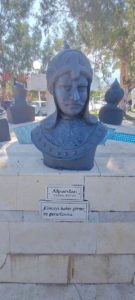
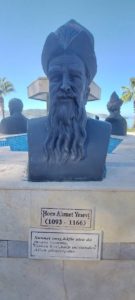
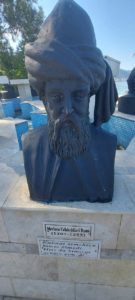
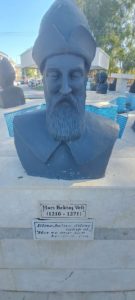
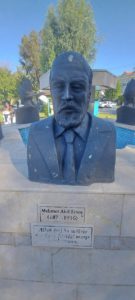
Number 10 – Kanuni Sultan Suleyman (1495 -1566). Suleiman I commonly known as Suleiman the Magnificent in the West and Suleiman the Lawgiver (Ottoman Turkish) in his realm, was the tenth and longest-reigning Sultan of the Ottoman Empire from 1520 until his death in 1566. Under his administration, the Ottoman caliphate ruled over at least 25 million people.
Number 11 – Yavuz Sultan Selim (1470 – 1520 ) Known as Selim I, Selim the Grim or Selim the Resolute was the Sultan of the Ottoman Empire from 1512 to 1520. Despite lasting only eight years, his reign is notable for the enormous expansion of the Empire, particularly his conquest between 1516 and 1517 of the entire Mamluk Sultanate of Egypt, which included all of the Levant, Hejaz, Tihamah, and Egypt itself. On the eve of his death in 1520, the Ottoman Empire spanned about 3,400,000 km (1,300,000 sq mi), having grown by seventy percent during Selim’s reign.
Number 12 – Fatih Sultan Mehmet (1432 – 1481) also known as Mehmed the Conqueror, Fatih or with his Western nickname Grand Turko (Great Turk) was the 7th sultan of the Ottoman Empire. In historical sources, his name is mentioned also as Muhammed. He reigned first for a short period between 1444 and 1446, then for 30 years from 1451 until his death in 1481. He conquered Istanbul at the age of 21,putting an end to the Eastern Roman Empire, the heir to the 1480-year-old Roman Empire, and this event is considered by many historians as the end of the Middle Ages and the beginning of the New Age.
Number 13 – Osman Bey (1258 – 1326) also known as Osman I or Osman Ghazi was the leader of the Kayi tribe and the founder of the Ottoman dynasty. The dynasty bearing his name later established and ruled the Ottoman Empire (first known as the Ottoman Beylik or Emirate). This state, while initially a small Turkmen principality during Osman’s lifetime, transformed into a world empire in the centuries after his death. It existed until shortly after the end of World War I.
Number 14 – Mehmet Akif Ersoy (20 December 1873 – 27 December 1936) was a Turkish poet, writer, academic, politician, and the author of the Turkish National Anthem. Widely regarded as one of the premiere literary minds of his time, Ersoy is noted for his command of the Turkish language, as well as his patriotism and role in the Turkish War of Independence.
Number 15 – Haci Nektas Veli (1210 – 1271) was a mystic, scholar and Islamic philosopher. He is one of the intellectual and name pioneers of Alevi-Bektashism. Those who follow his path are called Bektashi
These are just a few of our important statues and monuments, however dotted about the park, the kordon and the streets are so many more. So what are you waiting for? Put on those walking shoes and get exploring for yourselves.


